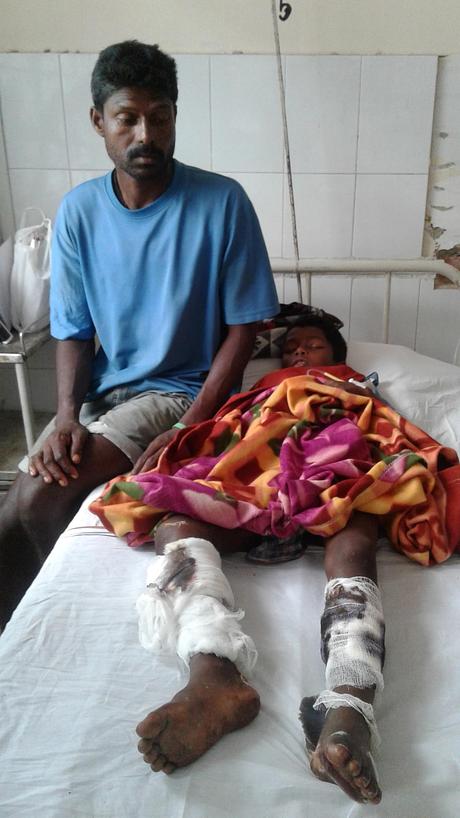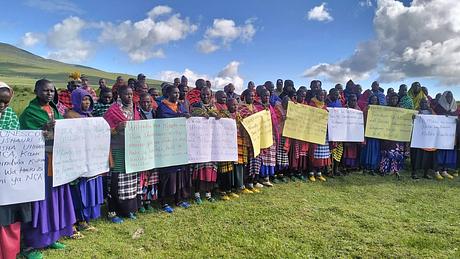India: Park guard shoots child in infamous “shoot-to-kill” national park
July 20, 2016
 © JEEPAL
© JEEPALThis page was last updated in 2016 and may contain language which is now outdated.
A seven year old tribal boy is reportedly in a critical condition after being shot by a park guard in a national park in northeast India, notorious for its brutal “shoot to kill” policy towards suspected poachers.
The boy, named in reports as Akash Orang, is a member of the Oraon tribe who live around Kaziranga national park. He sustained serious injuries to his legs, and is being treated in hospital.
Two park guards have been suspended after the shooting, following an outcry from local tribal people. Akash’s village is facing eviction.
The incident raises serious concerns over the advisability of the “shoot to kill” policy, which has seen at least sixty-two people killed in the park over a nine year period. This militarized approach to conservation has had serious consequences for local tribal people, who face arrest and beatings, torture and even death in the name of conservation.
Madegowda C, a tribal rights activist from the Soliga people in southern India, said: “The Kaziranga park director is violating the human rights and constitutional rights of the tribal people… Forest conservation is not possible without tribal and local communities. Most of the forest officials do not understand the relationship between the forest and tribal peoples, they need to understand tribal cultures and our lifestyles in the forest. Tribal peoples are the Indigenous people of this country and they are human beings.”
The Hindustan Times has reported that other tribal people in the area have been shot as “poachers” just for wandering over the park boundaries to retrieve cattle or collect firewood. A 2014 report by the park’s director revealed that Kaziranga park guards are encouraged to execute suspected “poachers” on sight with slogans including “must obey or get killed” and ”never allow any unauthorized entry (kill the unwanted).”

Locals near the park are reportedly paid to inform on suspected poachers. If someone is subsequently killed, the informant is given up to $1,000.
Former Environment and Forests minister Prakash Javadeka from Narendra Modi’s BJP party, planned to implement the policy nationwide, despite human rights concerns and the acute risk of guards killing or wounding innocent people.
This is despite the fact that in BRT tiger reserve in southern India, where tribal peoples have won the right to stay on their ancestral land and militarized conservation tactics are not used, tiger numbers have increased at well above the Indian national average, demonstrating that militarization is not necessary for successful conservation.
Targeting tribal people diverts action away from tackling the true poachers – criminals conspiring with corrupt officials. Earlier this year, four Kaziranga officials were arrested on suspicion of poaching and involvement in the illegal wildlife trade.
Militarized conservation tactics are not only used in India. In Cameroon for example, Baka “Pygmy” people have repeatedly testified to beatings and torture at the hands of eco-guards. Likewise in Botswana, Bushmen are criminalized when they hunt to feed their families, and face arrest and beatings.
Survival’s Director Stephen Corry said: “It’s time for a global outcry to stop innocent tribal people being shot and killed in the name of conservation. Why are the big conservation organizations complicit in these lethal policies which are useless at tackling the true poachers – criminals conspiring with corrupt officials? It’s no good pretending this is an isolated accident, it’s an integral part of the murderous regime running this tiger reserve.”



